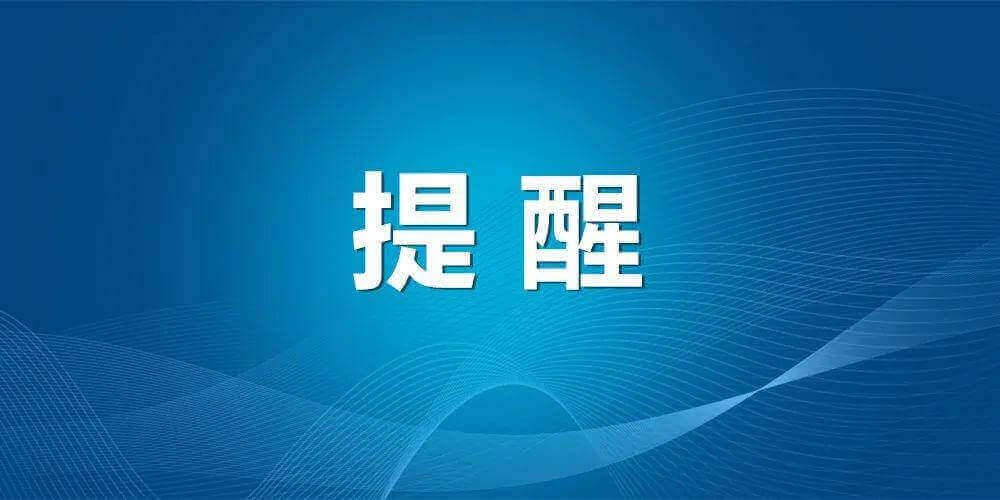Tencent Unveils ELLA: A Diffusion Model Adapter for Enhanced Semantic Alignment
Shenzhen, China – Tencent has announced the development of ELLA, aninnovative diffusion model adapter designed to enhance semantic alignment in text-to-image generation. This groundbreaking technology, developed by Tencent researchers, addresses a critical limitation of existingdiffusion models, particularly their struggle with complex textual prompts containing multiple objects, detailed attributes, and intricate relationships.
ELLA leverages the power of large language models(LLMs) to improve the semantic understanding of text prompts, enabling diffusion models to generate images that are more closely aligned with the intended meaning. The key to ELLA’s success lies in its Timestep-Aware Semantic Connector (TSC) module, which dynamically extracts temporal dependency conditions from pre-trained LLMs. This allows ELLA to effectively interpret complex prompts and generate images that accurately reflect the desired content.
ELLA represents a significant advancement in text-to-image generation, said Dr. [Name of researcher], lead researcher on the project. By integrating the semantic understanding capabilities of LLMs with diffusion models, we can overcome the limitations of traditional methods and generate images that are more faithful to the user’s intent.
Key Features of ELLA:
- Enhanced Semantic Alignment: ELLA’s integration with LLMs significantly improves the diffusion model’s ability to comprehend complex text prompts, leading to more accurate and relevant image generation.
- Timestep-Aware Semantic Extraction: ELLA’s TSC module dynamically extracts semantic features based on different time steps within the diffusion process, allowing the model to focus on specific textual information at different stages of image generation.
- No Retraining Required: ELLA can be seamlessly integrated with pre-trained LLMs and U-Net models without requiring any additional training, saving valuable computational resources and time.
- Compatibility: ELLA is compatiblewith existing community models such as Stable Diffusion and downstream tools like ControlNet, enhancing their performance in handling complex textual prompts.
How ELLA Works:
ELLA operates by combining the semantic understanding power of LLMs with existing image generation diffusion models through a lightweight, trainable TSC module. This integration enables the modelto understand complex textual prompts and generate high-quality images without retraining the entire system.
- Text Encoding: ELLA utilizes a pre-trained LLM to encode the input text prompt, extracting rich semantic features that capture the nuances of the prompt’s meaning.
- Timestep-Aware SemanticConnector (TSC): The core of ELLA is the TSC module, responsible for bridging the gap between the LLM’s extracted text features and the diffusion process of the image generation model (e.g., U-Net). TSC dynamically extracts and adjusts semantic features based on different time steps within the diffusion process,ensuring alignment between the text prompt and the generated image.
- Frozen U-Net: ELLA’s architecture keeps both the U-Net model and the LLM frozen, meaning their parameters remain unchanged during ELLA’s training. This prevents the need for retraining the entire model, saving resources and preservingthe original model’s performance.
- Semantic Feature Adaptation: TSC receives text features from the LLM and time step embeddings, producing fixed-length semantic queries. These queries interact with the U-Net model through a cross-attention mechanism, guiding the noise prediction and denoising steps in the image generationprocess.
- Training the TSC Module: While the LLM and U-Net remain frozen, the TSC module requires training. This training is conducted on a dataset of text-image pairs with high information density, allowing the TSC to learn how to extract and adapt semantic features based on different parts of the textprompt and various stages of the diffusion process.
- Image Generation: During image generation, ELLA’s TSC module provides conditional features to the U-Net model based on the text prompt and the current diffusion time step. These features guide the U-Net in generating images that are more closely aligned with thetext at each time step.
- Evaluation and Optimization: ELLA’s performance is evaluated using benchmarks like the Dense Prompt Graph Benchmark (DPGBench), ensuring its ability to generate high-quality images that accurately reflect the intended meaning of complex textual prompts.
Impact and Future Directions:
ELLA’s introduction marks a significant step forward in the field of text-to-image generation. Its ability to enhance semantic alignment opens up new possibilities for creating more realistic and expressive images based on complex textual descriptions. This technology has the potential to revolutionize various industries, including creative design, advertising, and entertainment.
Futureresearch will focus on further improving ELLA’s capabilities by exploring new techniques for semantic feature extraction and adaptation. The team also aims to investigate the integration of ELLA with other generative models, such as video and 3D models, to expand its applicability to a wider range of creative applications.
With its innovative approachand impressive capabilities, ELLA is poised to become a game-changer in the world of text-to-image generation. As the technology continues to evolve, we can expect to see even more remarkable advancements in the field of AI-powered creativity.
【source】https://ai-bot.cn/ella-diffusion/
Views: 1
